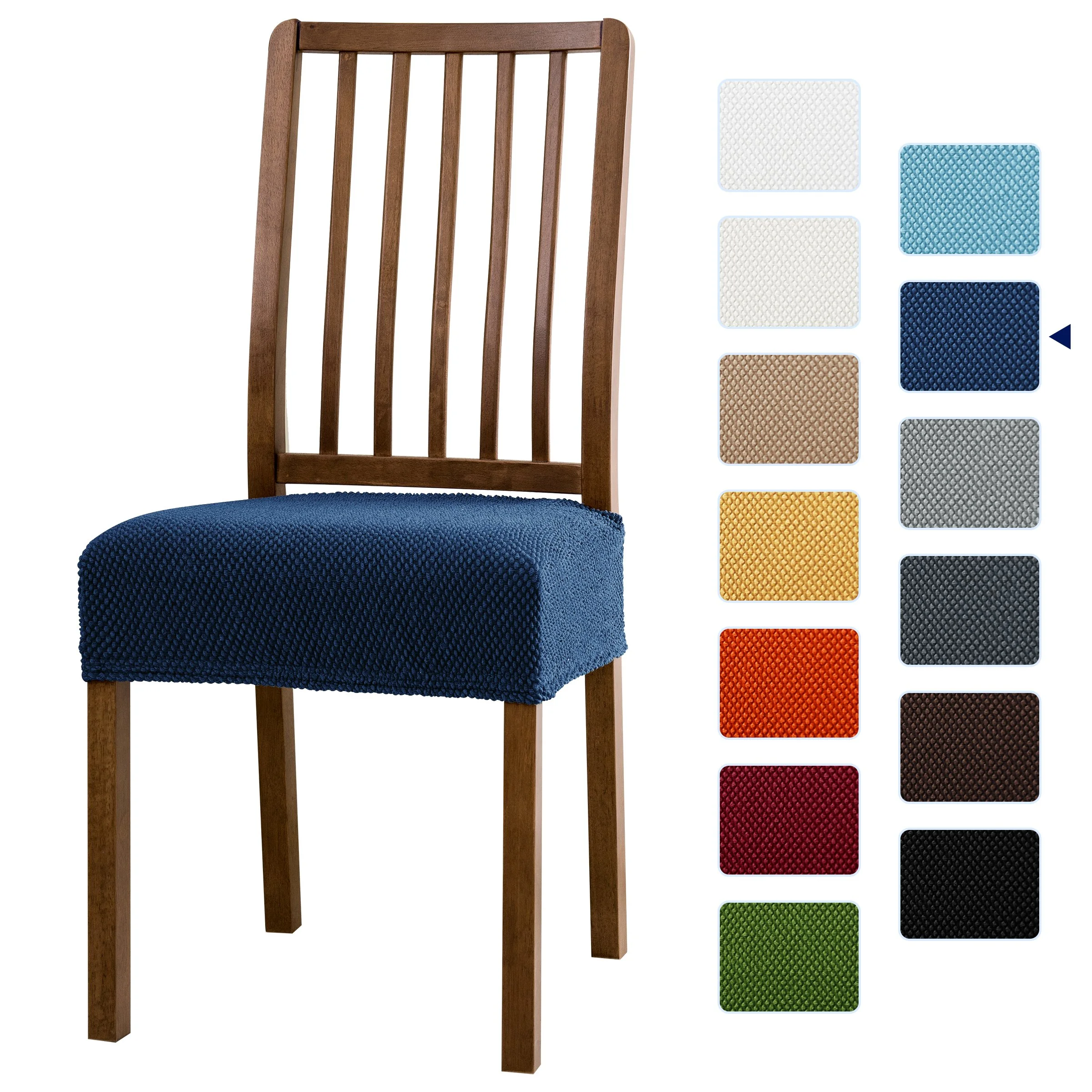Application and Maintenance of Fabric Protectors: Dining Chair Fabric Protector

Protecting your dining chairs’ upholstery is an investment in their longevity and beauty. The application process, while seemingly simple, requires precision and understanding to ensure optimal protection. Neglecting proper application can render even the most effective protector useless, while diligent maintenance will extend its life and efficacy dramatically.
Applying Fabric Protectors: A Step-by-Step Guide
The application method varies depending on the type of protector—aerosol, liquid, or foam. Always read the manufacturer’s instructions carefully, as they provide crucial details specific to the product. However, several universal best practices apply to all types. Prioritize safety: wear gloves and ensure adequate ventilation. Work in a well-lit area to ensure thorough coverage.
- Preparation is Paramount: Before applying any protector, thoroughly clean the chair fabric. Vacuum to remove loose debris and spot clean any stains. Allow the fabric to dry completely before proceeding. This ensures the protector adheres properly and doesn’t trap dirt within the fibers.
- Aerosol Application: Hold the can 6-8 inches from the fabric. Apply in light, even strokes, overlapping each pass slightly to avoid missed spots. Avoid saturating the fabric; aim for a light mist. Allow the protector to dry completely according to the manufacturer’s instructions.
- Liquid Application: Using a clean, soft cloth or sponge, apply the liquid protector sparingly and evenly. Work in small sections, gently dabbing the fabric to avoid over-saturation. Allow the protector to dry completely before using the chairs.
- Foam Application: Apply the foam in a thin, even layer, using a clean sponge or applicator. Avoid rubbing vigorously; let the foam settle into the fabric. Allow drying as per manufacturer’s instructions.
Maintaining Fabric Protector Effectiveness
The longevity of your fabric protector’s effectiveness hinges on proper maintenance. Regular cleaning prevents the build-up of dirt and grime that can compromise the protector’s ability to repel spills and stains.
- Routine Cleaning: Regular vacuuming is crucial. This removes loose dirt and dust that can accumulate on the surface and degrade the protective layer. Spot clean spills immediately using a clean, damp cloth. Avoid harsh scrubbing or abrasive cleaners.
- Reapplication: The frequency of reapplication depends on the type of protector and the level of wear and tear. Check the manufacturer’s instructions for guidance. In high-traffic areas or with frequent spills, reapplication might be necessary every 6-12 months. Always clean the fabric thoroughly before reapplication.
- Professional Cleaning: For deep cleaning, consider professional upholstery cleaning services. Ensure the cleaners are familiar with fabric protectors and use appropriate methods to avoid damaging the protective layer.
How to Apply Dining Chair Fabric Protector: A Rewritten Guide
Forget the robotic instructions. Imagine this: You’re transforming your beloved dining chairs, shielding them from the inevitable spills and splatters of life’s joyous gatherings. First, prepare your canvas—the chair fabric. A thorough vacuuming, followed by spot cleaning, is essential. Picture a perfectly clean surface, ready to receive its protective armor. Now, choose your weapon—the fabric protector. Whether it’s an aerosol mist, a gentle liquid application, or a plush foam, follow the manufacturer’s instructions meticulously. Remember, less is more; a light, even application is key. Let the protector dry completely, and marvel at the invisible shield you’ve created. Regular vacuuming and prompt spot cleaning will maintain this shield, keeping your chairs pristine for years to come. Reapplication, when necessary, ensures your investment in protection remains steadfast. Your chairs, now fortified, are ready to withstand the test of time and countless celebratory meals.
